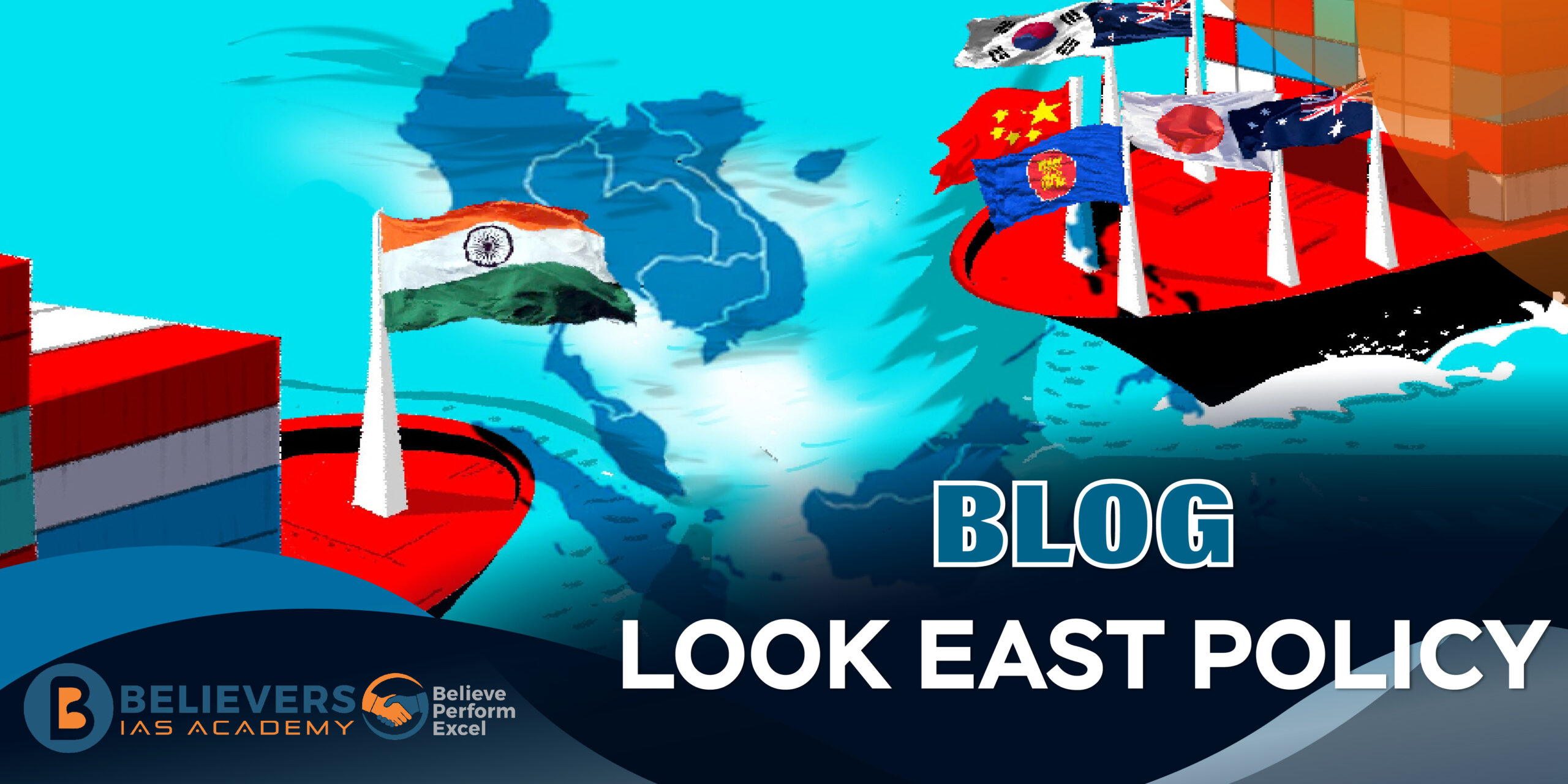Look East Policy
India launched the Look East Policy in the early 1990s in response to shifting global dynamics and its aim to capitalize on the Asia-Pacific region’s economic potential.
Economic Coordination: The goal of the policy was to improve economic coordination with East and Southeast Asian nations. This included boosting trade and investment flows, encouraging commercial alliances, and scouting out potential new markets.
Free Trade Agreements: India negotiated free trade agreements (FTAs) with a number of the region’s nations to promote trade and lower trade barriers. The Comprehensive Economic Cooperation Agreement with Singapore and the FTA between India and ASEAN are notable FTAs.
Infrastructure Development: To promote regional integration, the Look East Policy placed a strong emphasis on the creation of connectivity and infrastructure projects. This featured projects like the Kaladan Multimodal Transit Transport Project and the India-Myanmar-Thailand Trilateral Highway.
Strategic Partnerships: The policy sought to forge strategic alliances with East Asian nations in addition to economic cooperation. Developing defence connections, running joint military drills, and improving maritime security cooperation were all part of this.
Cultural Exchanges: The policy placed a strong emphasis on intercultural and people-to-people contacts to enhance understanding and fortify ties. This entailed promoting travel, educational interactions, and cultural events.
Act East Policy: The Look East Policy changed into the Act East Policy over time, broadening its scope beyond just diplomatic and economic ties. By fortifying strategic ties, tackling security issues, and taking part in regional forums, the Act East Policy aims to actively interact with the area.
Engagement with ASEAN: The Look East Policy placed a strong emphasis on increased engagement with ASEAN member nations. In 1992, India joined ASEAN as a participant in sectoral dialogues. In 2012, the two sides upgraded their alliance to a strategic one.
Regional Cooperation: The policy’s objective was to actively take part in regional conferences and institutions like the East Asia Summit (EAS) and the ASEAN Regional Forum (ARF). India aimed to contribute to regional economic integration, strategic discourse, and security.
Focus on the Indo-Pacific: Recognizing the connections between the Indian and Pacific oceans, the Act East Policy is in line with the larger Indo-Pacific idea. It works to create alliances and advance a free, open, and inclusive regional order to boost India’s position in the Indo-Pacific.
India’s Relation with East Asian Countries:
- Burma(Myanmar )
-
-
- India changed its attitude toward Burma (Myanmar) in 1993 and began to have cordial relations with the country’s military dictatorship.
- India made investments in Burma’s trade agreements, industrial endeavours, road building, and energy resources.
- To compete with China, India sought to lessen its reliance on oil from the Middle East by utilizing the oil and gas deposits of Burma.
- India sought assistance from Burma’s military in its fight against militant separatists and the narcotics trade that affected Northeast India.
- India and China competed for influence and investment in Burma.
-
- Philippines, Singapore, Vietnam, and Cambodia:
-
-
- India developed close diplomatic, commercial, cultural, and military connections with the Philippines, Singapore, Vietnam, and Cambodia.
- With Sri Lanka and Thailand, free trade agreements and military collaboration were signed.
- India collaborated and entered into economic agreements with other East Asian nations.
-
- Taiwan:
-
-
- India stepped up its relations with Taiwan despite adhering to the “One China” policy and recognizing the People’s Republic of China.
- Cooperation on several topics, such as counterterrorism, humanitarian aid, maritime security, and energy security, served as the driving force behind this partnership.
-
- Maritime Strategy and Naval Engagements:
-
-
- A Far Eastern Naval Command was established by the Indian military off the coast of Port Blair to maintain regional security.
- To improve maritime security and collaboration, Singapore, Vietnam, and Indonesia participated in joint naval exercises.
-
- Tsunami Relief and Regional Cooperation:
-
- Following the 2004 tsunami in the Indian Ocean, India and Japan engaged in regional cooperation for tsunami relief.
- Countries like Australia and the United States participated in this partnership.
The Look East Policy, which later became the Act East Policy, was instrumental in increasing India’s interaction with East Asian nations. It has promoted regional collaboration, cultural exchanges, economic growth, and strategic alliances, establishing India as a prominent actor in the dynamic Asia-Pacific region.



